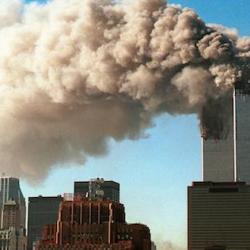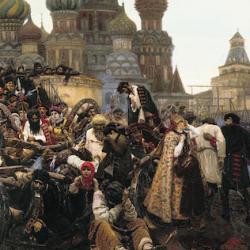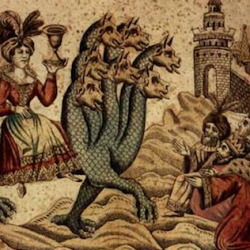Edward Luce (Retreat of Western Liberalism) notes that in 1750, India and China account for “three-quarters of the world’s manufactures.” The East’s dominance collapsed over the following centuries: “On the eve of the First World War their share had dropped to just 7.5 per cent. Economic historians called it the Age of Divergence.”
The shift of manufacturing from East to West directly affected the lives of workers: “In 1820, Britain had a per-capita income of $2000 in today’s prices. That had risen to $5000 by the eve of the First World War. Over the same period, China’s income dipped from $600 a head to $550, while India’s edged up from $600 to $700. In absolute terms, Asia’s economic conditions barely shifted. In relative weight, Asia shrank dramatically. Just as nothing in history compares to today’s Great Convergence, there was no precedent for the West’s vertiginous rise two centuries ago that launched the Great Divergence.”
Colonialism was not the only culprit, but did contribute to the reshuffling of the global economy: “The British East India Company, for example, suppressed Indian textile production, which had led the world. Indian silks were displaced by Lancashire cotton. Chinese porcelain was supplanted by European ‘china.’ Both suffered from variations on what Britain later called Imperial Preference, which forced them to export low-value raw materials to Britain, and import expensive finished products, thus keeping them in permanent deficit. There was nothing free about such trade in any sense of the word.”












